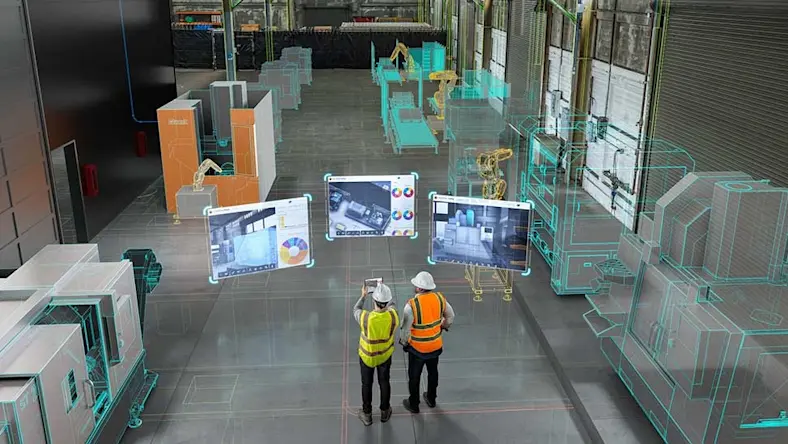& Construction

Integrated BIM tools, including Revit, AutoCAD, and Civil 3D
& Manufacturing

Professional CAD/CAM tools built on Inventor and AutoCAD
Joe Speicher, Chief Sustainability Officer, Autodesk: We’ve spent the last couple hundred years building up processes to construct the built environment, to manufacture all the goods that we need, and those processes are associated with significant amounts of greenhouse gas emissions. But what that discounts is all of the value that we get from the built environment, right? It’s the homes we live in. It’s the schools we learn in. It’s the cars that we get around on. There’s economic value, and there’s intangible value. Nobody wants to do away with those things. We are just in the process of undoing that couple hundred years of process development to decarbonize those processes.
One of the most compelling statistics from the 2024 State of Design & Make report is that 78% of business leaders note that sustainability will be crucial to their business success moving forward; 71% noted that they had increased investment in sustainability initiatives over the past three years; 76% noted that they will be increasing investment over the next three years.
Autodesk is incredibly well-positioned to deliver value to our customers that will enable them to deliver more sustainable projects. And that is because of our move to industry cloud platform. It’s also because of the expansion into all phases of project delivery. By creating an industry cloud platform that enables interoperability such that you can associate the appropriate data with any given project, people can leverage that data, expand that data flow across all workflows so that there is no data loss, and optimize for what outcomes they’re trying to drive to.
And that’s ultimately what people are trying to do. Nobody wants to design an unsustainable building. They’re trying to deliver on a project, and if you don’t have the right data—if you don’t have the right processes and workflows—it’s very hard to do so.
Sustainability, at its core, is a data problem. And, essentially, in the markets we serve, it is a local data problem. A sustainable building in Riyadh is not the same as a sustainable building in Reykjavik. Those two geographies and every geography on the planet has very different inputs, which is why this is a local data problem. You need to know what the local supply chain is, the local bill of materials. You need to know what the local grid mix is.
And so the ability to leverage generative AI tools, artificial intelligence, to solve for some of these data challenges around the carbon coefficient of a specific material in a product or the energy efficiency of a building, and how do you optimize for that? By connecting all of these things across lifecycle and making the data interoperable, we can help our customers deliver better projects, more sustainable projects.
Executive insights
Emerging Tech
Executive insights


